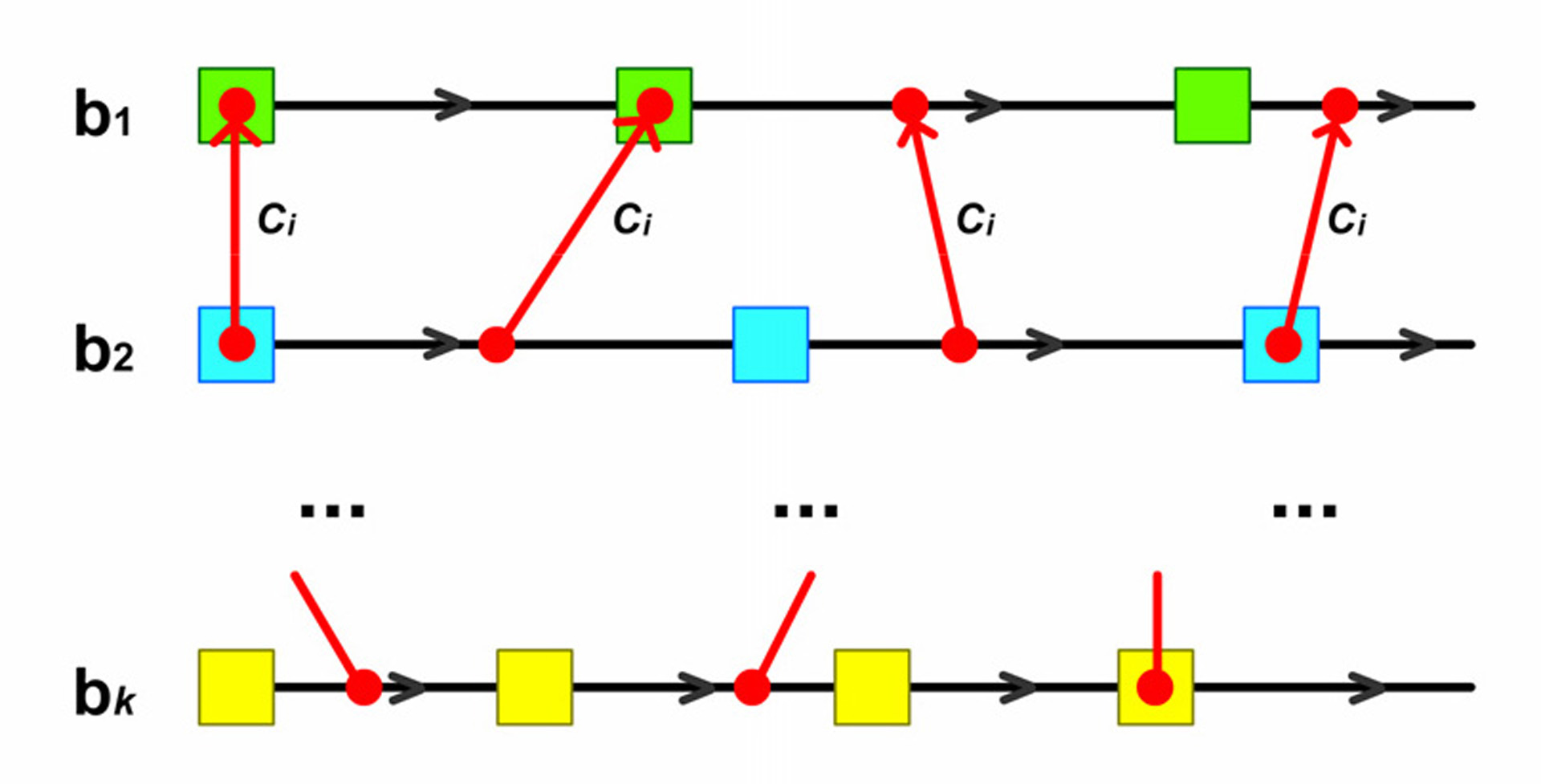“Imposing constraints on fragmented body motion for synthesis” by Wai-Lam and Sze-Tsan
Conference:
Type(s):
Title:
- Imposing constraints on fragmented body motion for synthesis
Presenter(s)/Author(s):
Abstract:
The generation of realistic motion of human figures for computer games and animation has been under active research in recent years. Since the nature of human motion is complex, motion capture is commonly used to obtain high-quality motion. Although capturing motions directly from human can acquire life-like motion, these motions cannot be easily reused. In order to maximize usage of captured motions, existing approaches attempt to reuse by combining motions of specific parts of the body [Ikemoto and Forsyth 2004] or by splicing actions with locomotion [Heck et al. 2006] to create new motions. While these approaches explore conditions for combining specific body parts to generate convincing full body motions, we lack a generalized representation for animators to specify the conditions under which motions from which body parts can be synthesized to produce convincing full body motions. With a generalized representation, it is possible for animators to make use of a motion library of body parts to synthesize a wide variety of motions.
References:
1. Heck, R., Kovar, L., and Gleicher, M. 2006. Splicing Upper-Body Actions with Locomotion. Computer Graphics Forum, 25, 3, 459–466
2. Ikemoto L. and Forsyth D. A. 2004. Enriching a Motion Collection by Transplanting Limbs. In Proceedings of the 2004 ACM SIGGRAPH/Eurographics Symposium on Computer Animation, 99–108.
3. Kovar, L., Gleicher, M., and Pighin, F. 2002. Motion Graphs. ACM Transactions on Graphics, 21, 3, 473–482.





